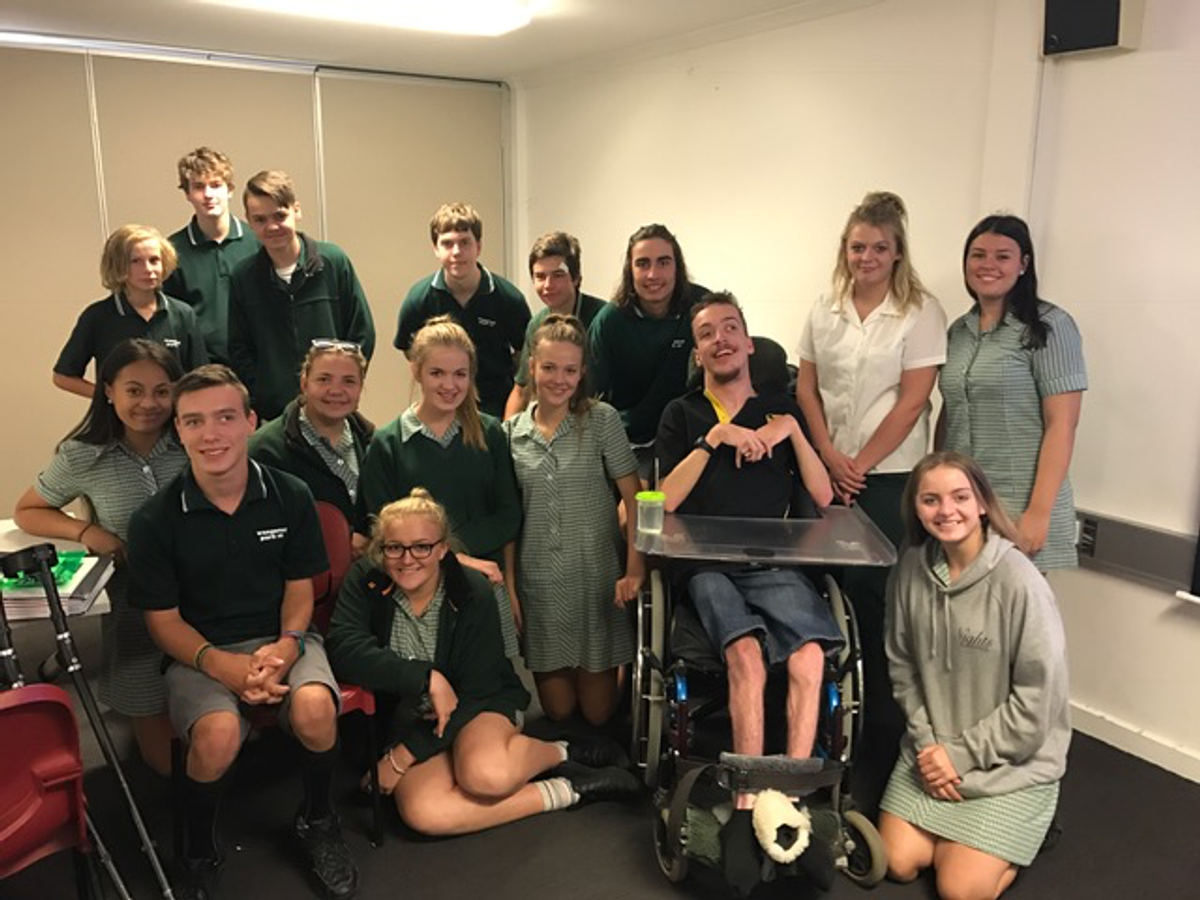Phys Ed
Phys Ed

Phys Ed
Phys Ed
This year, all students in PE classes will be undertaking fitness testing. Some classes have already conducted these over the first few weeks of the year to give students a guide to where their fitness is at and set some goals on how to improve this year. Below is some further information on why we do fitness tests and the different components of fitness and how test them. Regardless of results, PE staff encourage all students to set themselves personal goals in regards to their fitness and to approach fitness testing with a positive attitude.
Reasons for fitness testing
Fitness Components and Fitness Tests for each:
Cardiovascular Endurance
Multistage Fitness Test (Beep Test)
Muscular strength and endurance
You can test most muscle groups in the body by seeing how many exercises which work that muscle you can do, for example, push-ups, sit-ups, tricep dips etc
Agility
Setting up a course using cones for you to dodge in and out of can test your agility. Time how long it takes you, making sure you don't touch any of the cones, to see if you improve. Use the Illinois Agility Test.
Speed
Any test which measures how quickly you move from A to B can be used to assess your speed. The simplest is a 30m sprint with a rolling start (meaning you run through the start line, this removes acceleration and measures speed only).
Balance
The stork test involves standing on one leg with the other foot touching the standing knee, the eyes closed and hands on the hips. Hold this position for as long as possible without moving the hands, feet or opening the eyes. Wobbling is ok!
Flexibility
The most common test for flexibility is the sit and reach test. Sit on the floor with both legs straight out in front of you. Place a box at your feet (touching the soles of your feet) with a ruler attached to the top of it. Reach as far as you can along the ruler, keeping your legs straight
Coordination
Wall toss test. Use a tennis ball to throw against a wall either using the same hand or alternate hands. count the number of successful throws and catches in a set time (30 seconds)
Power
test muscular power by testing how far pupils can jump in the Standing Broad Jump
Reaction time
Ruler drop test. Pupils have to catch a ruler between their finger and thumb and record the distasnce the ruler falls before it is caught. Pupils to have 3 or more goes and take an average of results.
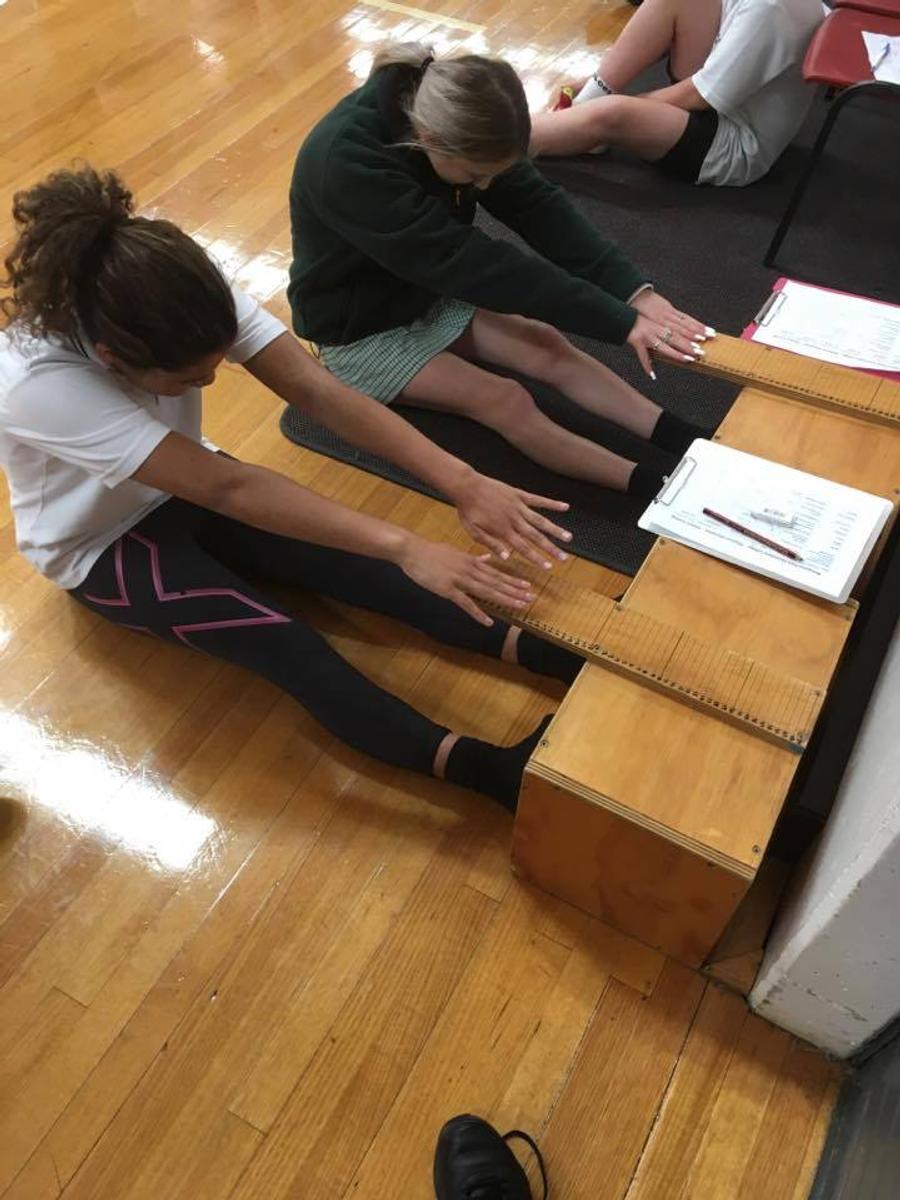
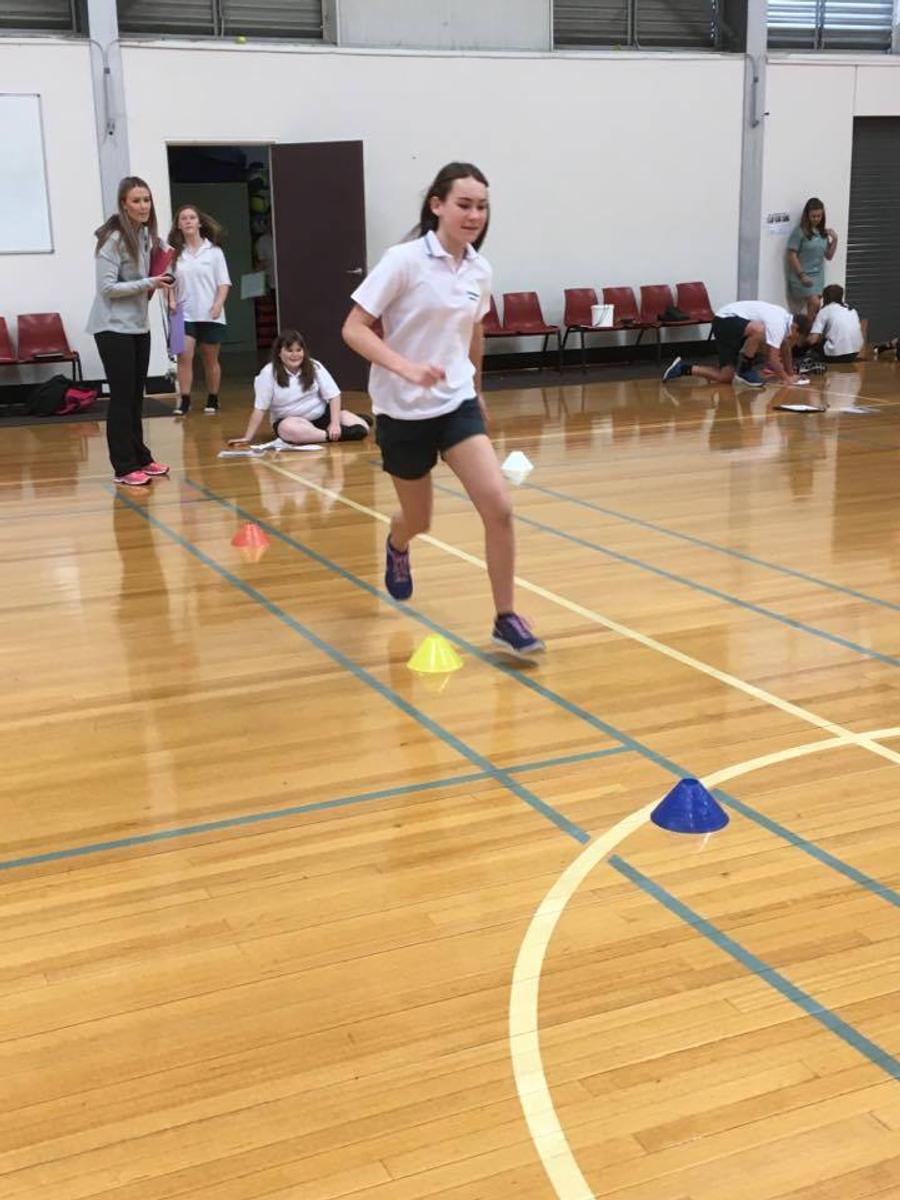
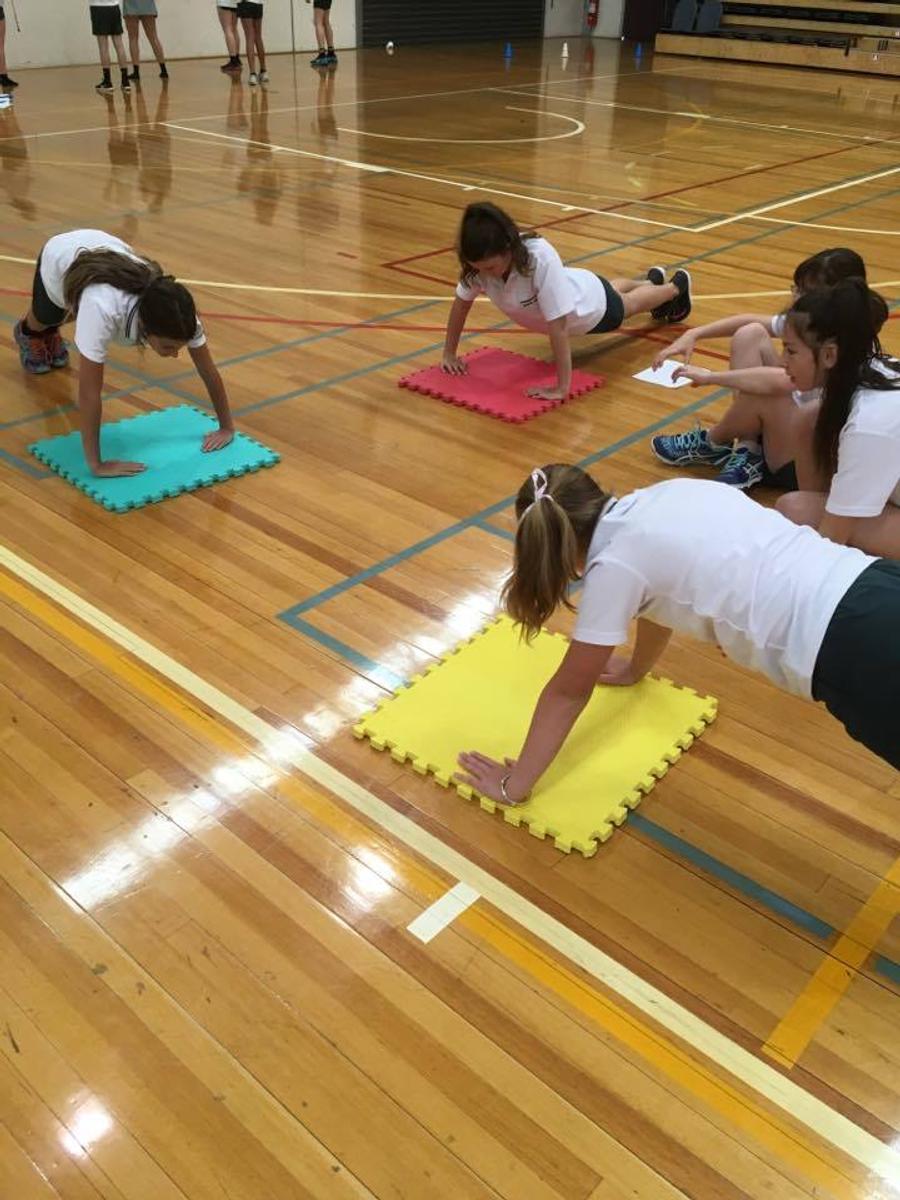
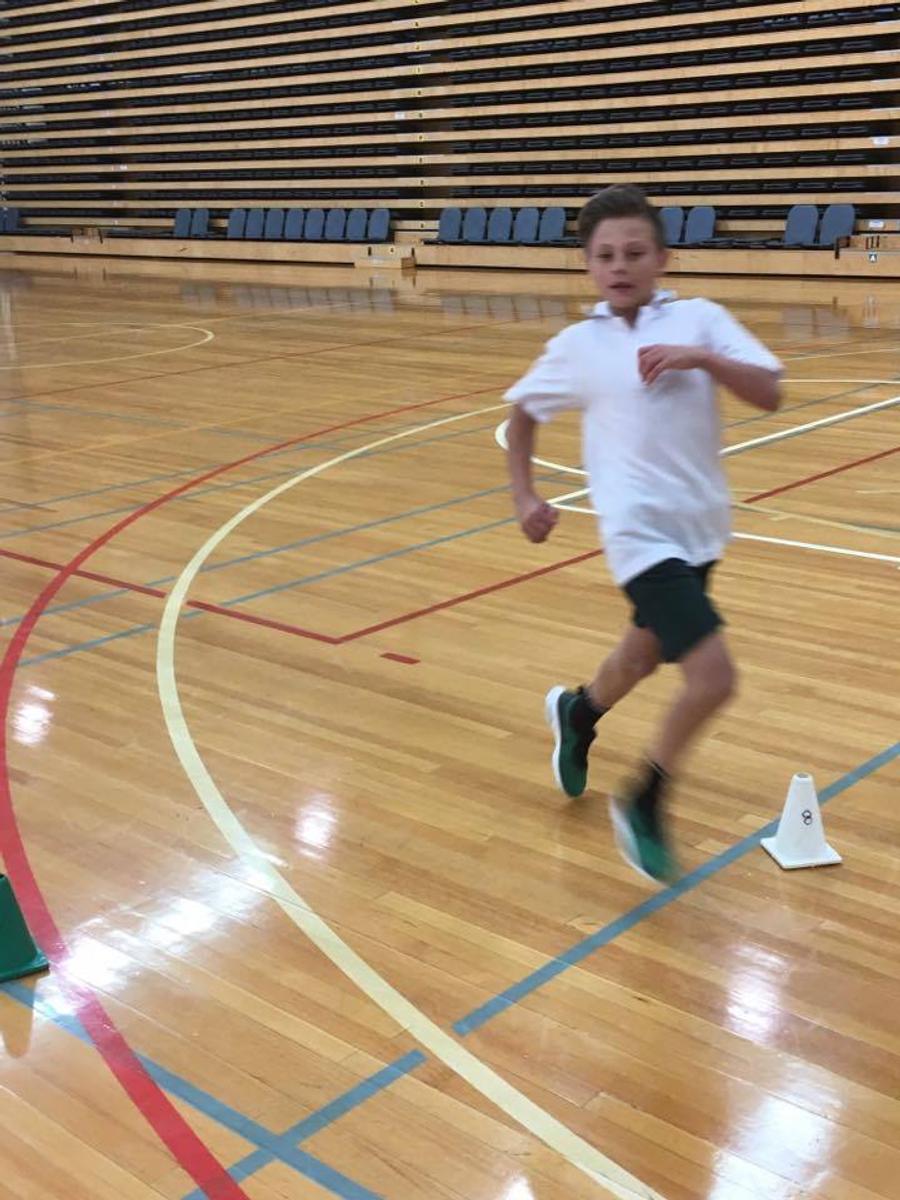

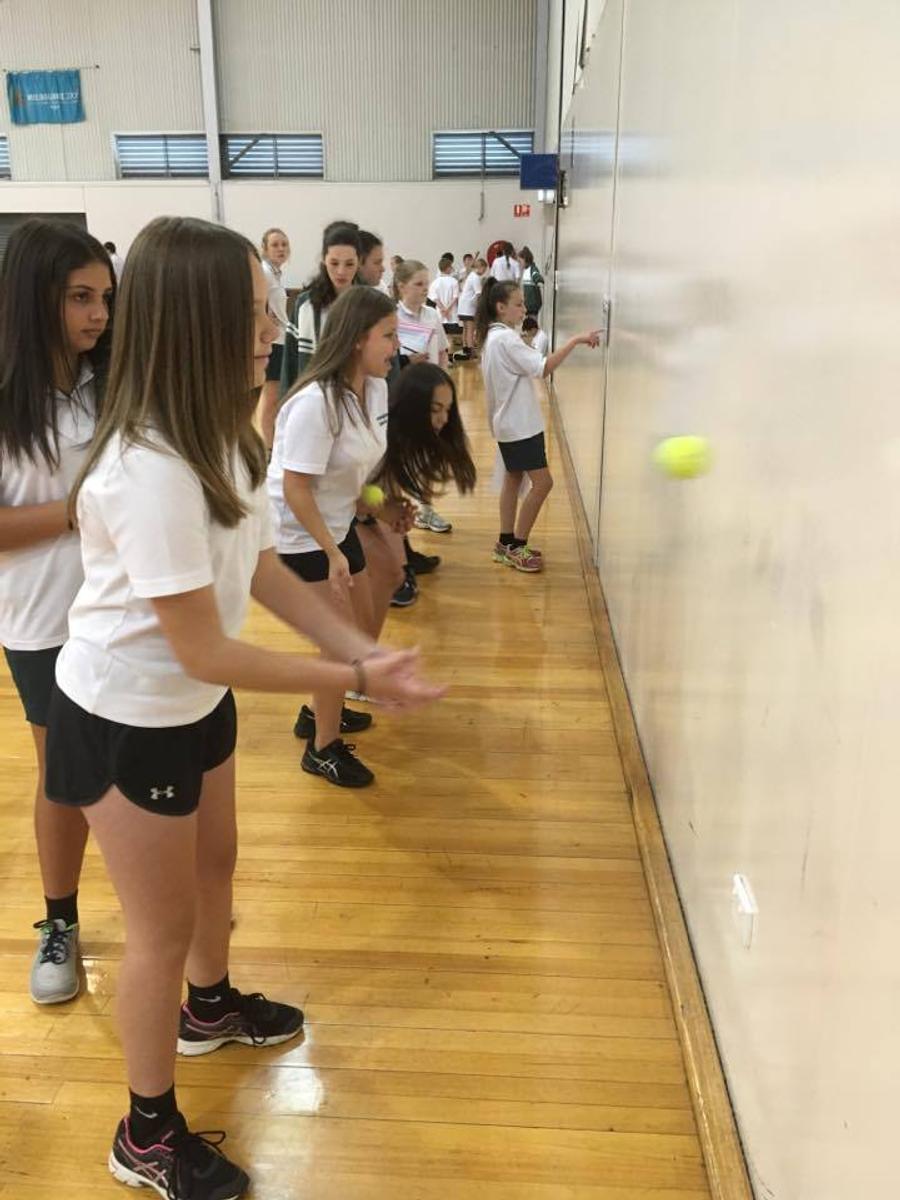






On Tuesday Miss Caia’s Personal Development class had the opportunity to listen to Martyn Lawrence. Martyrn is 24 years old and lives with Cerebral Palsy. He delivered a motivational and inspirational speech, which aimed to inspire and educate the students on their own perspective of living. We thank Martyn for coming to Wanganui, it was an enjoyable experience for all those involved.
